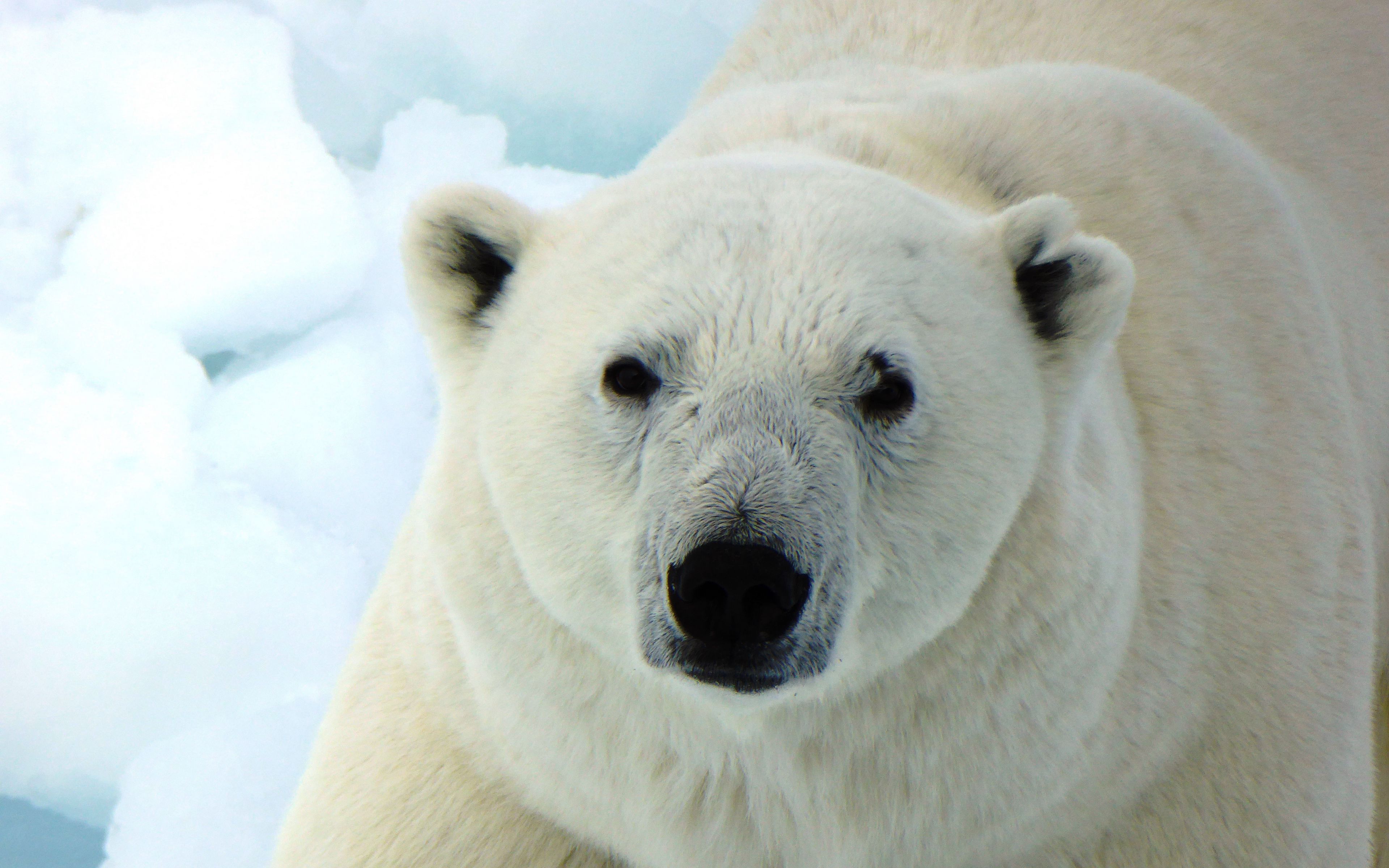


( DeMaster and Stirling, 1981 Nowak, 1999) The soles of both hind and fore feet are furred for insulation and traction while walking on ice and snow. The forepaws are broad and make excellent paddles while swimming. The white appearance is the result of light being refracted from the clear hair strands.
#Who are a polar bears predators skin#
Polar bear skin is black and the fur is actually clear, lacking in pigment. The pelage generally has a white appearance, but it can be yellowish in the summer due to oxidation or may even appear brown or gray, depending on the season and light conditions. Females are smaller, weighing 150 to 300 kg (330 to 660 lbs) and measuring 1.8 to 2 m in length. Adult males weigh between 300-800 kg (660-1760 lbs) and can reach 2.5 m in length from tip of nose to tip of tail. At the shoulder a polar bear can measure 1.6 m in height. The head is relatively smaller than the heads of other bears and the neck is elongated. The body of a polar bear is large and stocky, similar to that of a brown bear, except it lacks the shoulder hump. Range elevation 0 (low) m 0.00 (low) ft.( DeMaster and Stirling, 1981 Nowak, 1999 Stirling and McEwan, 1975) During summer bears may remain on islands or coastlines with landfast ice, drift on ice flows, or get stranded on land where they are forced to endure warm weather. Bears will travel as much as 1,000 km north and south, as the ice melts and freezes. The ice edge and pressure ridges where fractures and refreezing occur provide the best hunting ground. Their preferred habitat is the pack ice of the Arctic Ocean. The name Ursus maritimus means maritime bear. Polar bears are considered by many to be marine mammals. Six different populations are recognized as: Wrangel Island and western Alaska, northern Alaska, the Canadian Arctic archipelago, Greenland, Svalbard-Franz Josef Land, and Central Siberia. During the summer, bears will remain at the edge of the receding ice pack or on islands and coastal regions that retain landfast ice. Pregnant females will overwinter on the coastlines where denning habitat is available for bearing young. During the winter, polar bears will range along the southern edge of the ice pack or northern edge of ice formed off the coasts of the continents. Bears have been reported as far south as the southern tips of Greenland and Iceland. The limits of their range are determined by the ice pack of the Arctic Ocean and the landfast ice of surrounding coastal areas. They range throughout the arctic region surrounding the North Pole. Polar bears have a circumpolar distribution.


 0 kommentar(er)
0 kommentar(er)
